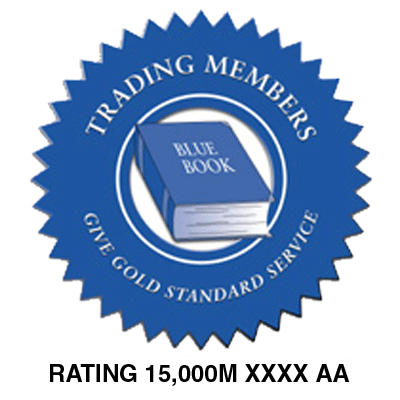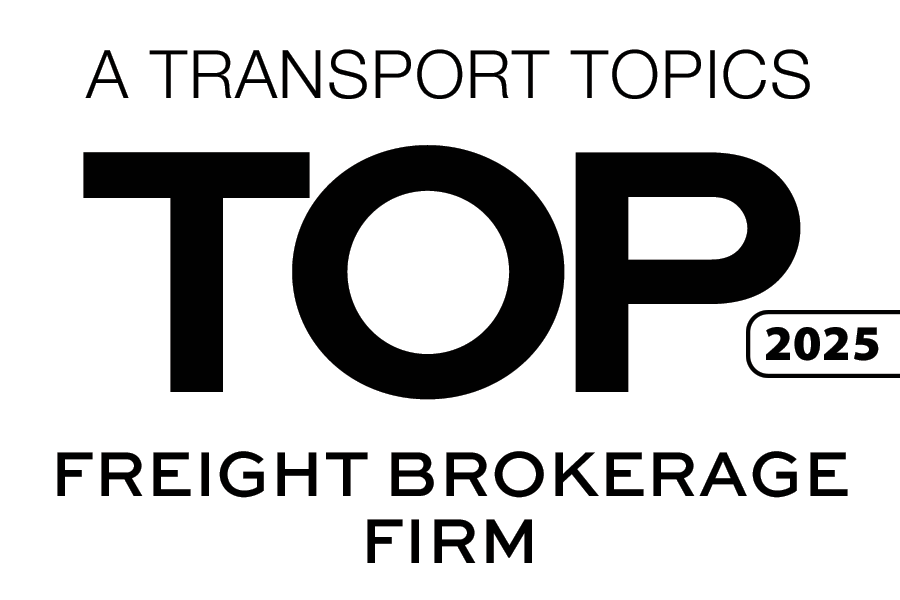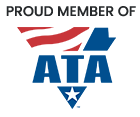Dodging Recession: Why the Expected Slowdown Hasn’t Arrived Yet
March 19, 2024
 Economics is a field driven by predictions and projections from professional analysts. They guide decisions, shape strategies, and help individuals and businesses navigate the complexities of the financial landscape. Still, sometimes these forecasts don’t materialize as expected. That’s precisely the case with the anticipated economic slowdown that many experts have been discussing for quite some time now.
Economics is a field driven by predictions and projections from professional analysts. They guide decisions, shape strategies, and help individuals and businesses navigate the complexities of the financial landscape. Still, sometimes these forecasts don’t materialize as expected. That’s precisely the case with the anticipated economic slowdown that many experts have been discussing for quite some time now.
At Triple T Transport, we’ve been keeping a keen eye on these developments, understanding their potential impact on the freight transport industry. Let’s break down the key points and explore why the slowdown hasn’t arrived yet, despite ominous signs on the horizon.
The much-anticipated economic slowdown was signaled by a series of significant shocks, including inflation spikes, supply chain disruptions, and labor shortages. The Federal Reserve responded by aggressively raising interest rates, a move typically associated with cooling down an overheating economy and staving off inflationary pressures.
One crucial consideration is the time lag associated with monetary policy. When the Federal Reserve adjusts interest rates, it takes time for these changes to ripple through the economy fully. This delay, typically spanning three to six quarters, means that the effects of rate hikes initiated in previous years may still be playing out, mitigating the immediate impact of recent increases.
Will the trend toward lower interest rates continue, or is recession still on the horizon? Watch the latest episode of the Stay In Your Lane Podcast for up-to-date economic analysis.
While the Federal Reserve attempts to rein in the economy through interest rate hikes, fiscal policy, orchestrated by The Federal Government has been pulling in the opposite direction.
“One reason why this slowdown hasn’t gotten here is that Fed [policy] takes time,” explains Dan North, Chief Economist at Allianz Trade North America. “As the Fed is trying to slow the economy, Congress and the administration are trying to speed it up.”
Increased government spending has injected significant stimulus into the economy, countering the Fed’s efforts to slow down growth. This tug-of-war between monetary and fiscal policies has created a nuanced economic landscape, deferring the onset of a slowdown.
 Further insights emerge in the realm of corporate and consumer behavior. Corporations, taking advantage of previous near-zero interest rates, have leveraged debt issuance to unprecedented levels. Similarly, consumers have continued spending despite the Fed’s attempts to curb inflation through rate hikes.
Further insights emerge in the realm of corporate and consumer behavior. Corporations, taking advantage of previous near-zero interest rates, have leveraged debt issuance to unprecedented levels. Similarly, consumers have continued spending despite the Fed’s attempts to curb inflation through rate hikes.
A pivotal aspect of the economic outlook revolves around income dynamics and consumer spending patterns. While disposable personal income experienced a temporary surge driven in part by a significant boost in Social Security payments, the absence of comparable increases in subsequent years has tempered income growth. As a result, consumers may face headwinds as savings dwindle and reliance on credit cards increases.
“We think income is going to be slowing down and savings, particularly excess savings, are drying up,” says North. “Consumers are going to have to turn to credit cards, which will raise delinquency rates. We’re slowing down in 2024, and that paints the picture for everyone to see where we are as an economy.”
Despite the delayed arrival of the anticipated slowdown, the consensus remains that 2024 is poised for subdued growth. With income growth expected to decelerate and savings rates trending downwards, consumers may confront challenges in sustaining spending levels. Moreover, the potential for rising delinquency rates underscores the need for caution and strategic planning.
Looking ahead, all eyes are on the Federal Reserve as it navigates the delicate balance between inflation containment and economic stability. A gradual easing of interest rates, anticipated by mid-year, could mark a significant inflection point in the economic trajectory, offering insights into the evolving dynamics of the global economy.
While the economic slowdown may not have materialized as expected, the underlying factors driving it remain ever-present. At Triple T Transport, we remain vigilant, leveraging insights from to inform our strategies and better serve our clients in an ever-evolving economic landscape. Stay tuned as we continue to monitor developments and provide insights into the shifting dynamics of the freight industry.














